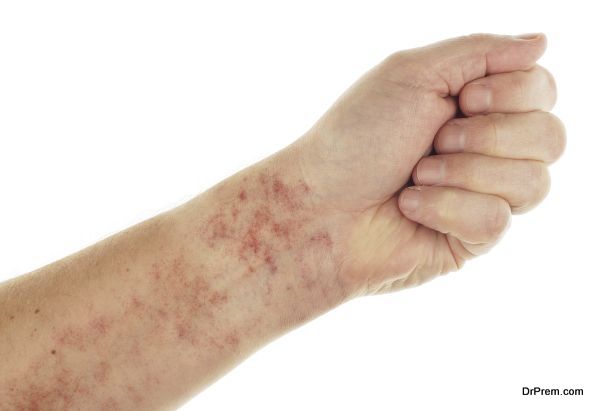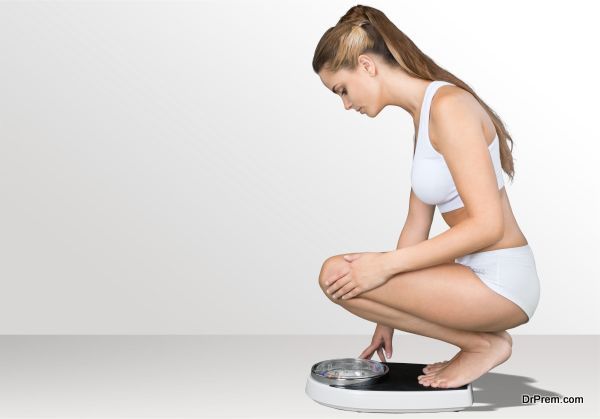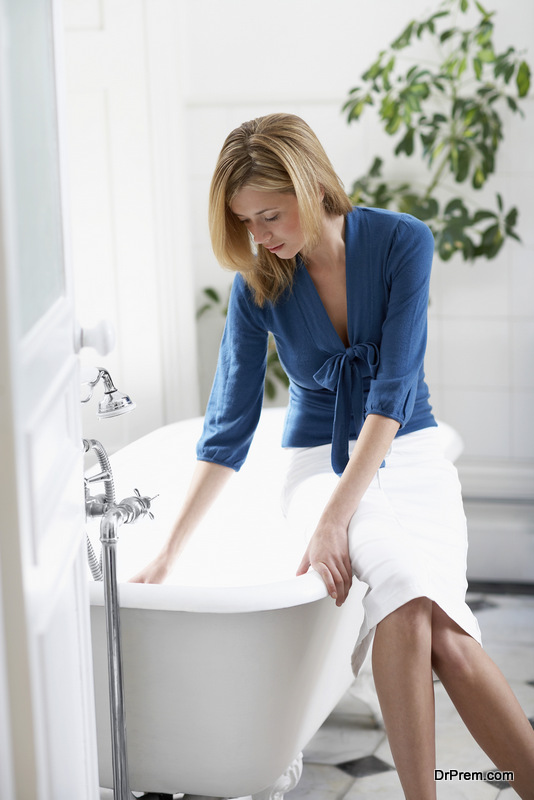Your bathroom is one of the most high-trafficked areas of the home. As such, it should be cleaned regularly. However, you’d be surprised to discover that the bathroom is often one of the least cleaned areas of the home. According to one study, only 10% of surveyed individuals actually clean their bathroom once per month. So why aren’t more people cleaning their bathrooms routinely?
The fact is, the bathroom is one place that does a good job of hiding its lurking germs. What appears clean, almost always certainly is not—especially if you’re only cleaning it once a month. The following are a list of germs that are commonly found in bathrooms.
Paratuberculosis
Showers that aren’t cleaned regularly are at serious risk of a Paratuberculosis infection, which can lead to nausea, weight loss, fatigue, largely due to its ability to create inflammation in your digestive tract lining.
It can also lead to Crohn’s disease, which can cause severe malnutrition and result in a visit to the hospital. According to the Crohn’s & Colitis Foundation of America, roughly 1.4 million Americans were diagnosed with Crohn’s disease in 2015.
To prevent yourself from an infection, you should allow the water to run for two to three minutes before stepping in, as it can help prevent some germs from getting in contact with you. Additionally, you should be cleaning your shower regularly.
Dermatophitic Fungi
Dermatophitic is a type of fungus that can result in a skin disease. There are many types of fungal infections you can catch when you come into contact with this bacteria, such as a ringworm, or even athlete’s foot. This aerobic fungi can invade and infect layers of skin.
Although in most cases, they don’t result in any invasive diseases, they can be bothersome and problematic—and difficult to get rid of quickly. If you live in an area with humid climate, you’re even more prone to being exposed to this type of fungus. You can prevent this fungus from growing by keeping your bathroom surfaces dry via ventilation, cleaning regularly, and checking for leaks.
E.Coli
E.Coli is the most common germ found in bathroom tubs. There are various levels of E.Coli, and they each present different risks. The less you clean your tub, the more likely you are to have more germs of this strain. E.Coli can lead to vomiting, fevers, cramps, and diarrhea. To prevent E.Coli from becoming a serious issue in your tub, you should spray disinfectant after each use and clean once weekly.
Salmonella
You’ve likely heard of salmonella before, but probably associate it with risky foods, rather than with something as common as your bathroom toilet.
Check out these eco-friendly ways to clean a toilet, which are just as powerful and effective as its chemical-ridden counterparts. You can also prevent salmonella germs from spreading by closing the lid when you flush the toilet.
Staphylococcus Aureus
 Staphylococcus Aureus is a type of bacteria that’s most commonly found in bathroom sinks. And like the other bacterias listed, it comes with some pretty rough symptoms, including skin swelling, painful rashes, and various other types of skin infections. To prevent this bacteria from growing in your sink, it should be cleaned thoroughly with a disinfectant at least once per week, or after around 30 uses.
Staphylococcus Aureus is a type of bacteria that’s most commonly found in bathroom sinks. And like the other bacterias listed, it comes with some pretty rough symptoms, including skin swelling, painful rashes, and various other types of skin infections. To prevent this bacteria from growing in your sink, it should be cleaned thoroughly with a disinfectant at least once per week, or after around 30 uses.
Keeping Your Bathroom Clean
Now that you understand more about what germs are lurking in your bathroom, it’s important you maintain a cleaning regimen that helps combat additional bacteria growth. Here are a few simple ways to do so:
- Get rid of rust. Fix It Right Plumbing in Balnarring says that rust occurs when water contains too much iron minerals, and you can prevent rust from avoiding excess moisture, upgrading your plumbing (even small leaks can create rust stains), and keeping metal-bottomed items off of surfaces.
- Declutter your bathroom space. Too much clutter in your bathroom can make a space feel busier than it is, which creates a mental challenge when it comes to cleaning. Better organization will help encourage you to clean up more regularly.
- Keep control of calcium buildup. Calcium buildup occurs when too much hard water is present, which can create white buildup or limescale around your fixtures and drains.
Article Submitted By Community Writer




